Deep under Shanghai, workers on a flood-lit construction rig carefully install massive concrete wall sections for a new subway tunnel, adding meter-by-meter to the world's longest metro system.
The Shanghai metro's future Line 14 is part of plans to extend the already sprawling network another 35 percent by 2020 to 830 kilometers (515 miles), more than the distance from New York to Chicago.
Yet Shanghai is just one player in an unprecedented subway-building boom as China's massive cities race to keep pace with rising urban populations.
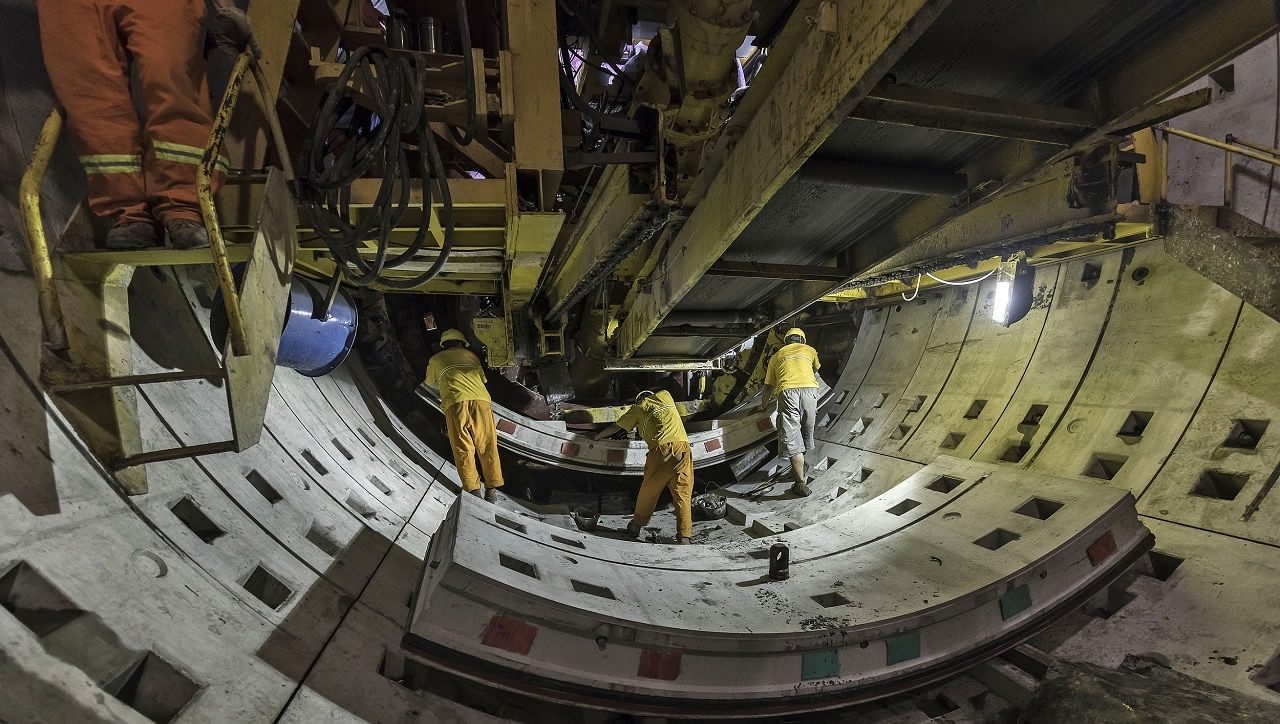
Workers labor beneath a tunnel-boring machine at a construction site for Line 14 of the Shanghai Metro system. /VCG Photo
In 2001, four cities in China, including Beijing and Shanghai had rather limited networks. By the end of 2016, there were around 30, including some of the world's longest and busiest networks, and about a dozen more cities have gotten the green light.
State media reports say Chinese spending on subway construction could top two trillion yuan (295 billion US dollars) from 2016 to 2020 alone.
"(China is seeing) the fastest period in human history for the development of metro systems. It's quite remarkable," said Liu Daizong, a World Resources Institute transport expert in Beijing.
Legendary traffic jams
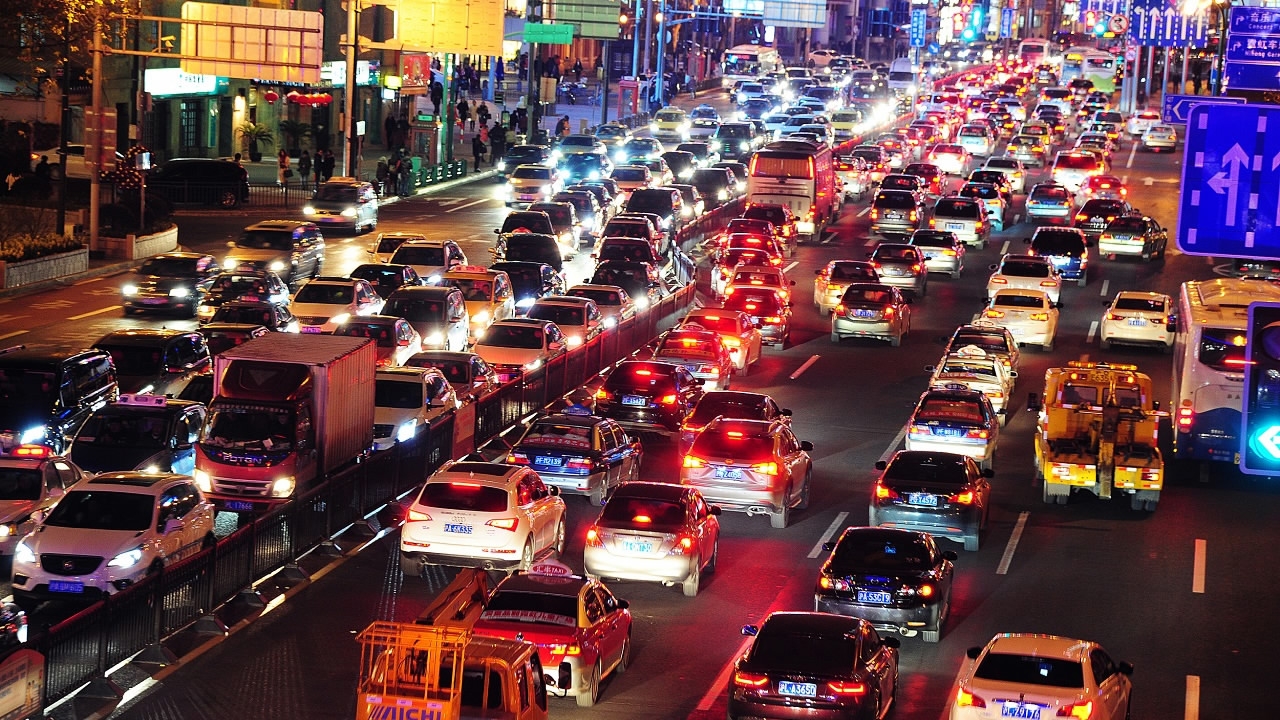
Traffic jam in Shanghai. /VCG Photo
Usually reserved for first-tier cities, subways are running even in third-tier population centers far inland. The driving factor is a massive shift of humanity to Chinese cities.
Only around 12 percent of Chinese were urban-dwellers in 1950. Today the rate is about 55 percent and targeted to rise by 2030 to 70 percent -- about one billion people.
As the most crowded city in China, Shanghai has seen its population nearly double since 2000 to 24 million, and is on course for 30 million by 2030. Its traffic jams are legendary.
To keep up, its metro system has roughly doubled in the past decade, and in April handled a record 11.86 million individual trips.
Along with Tokyo and Beijing, the network is among the world's top three busiest and has grown so much that there are plans to connect it with the metro of the neighboring city of Suzhou more than 100 kilometers away.
Going deep
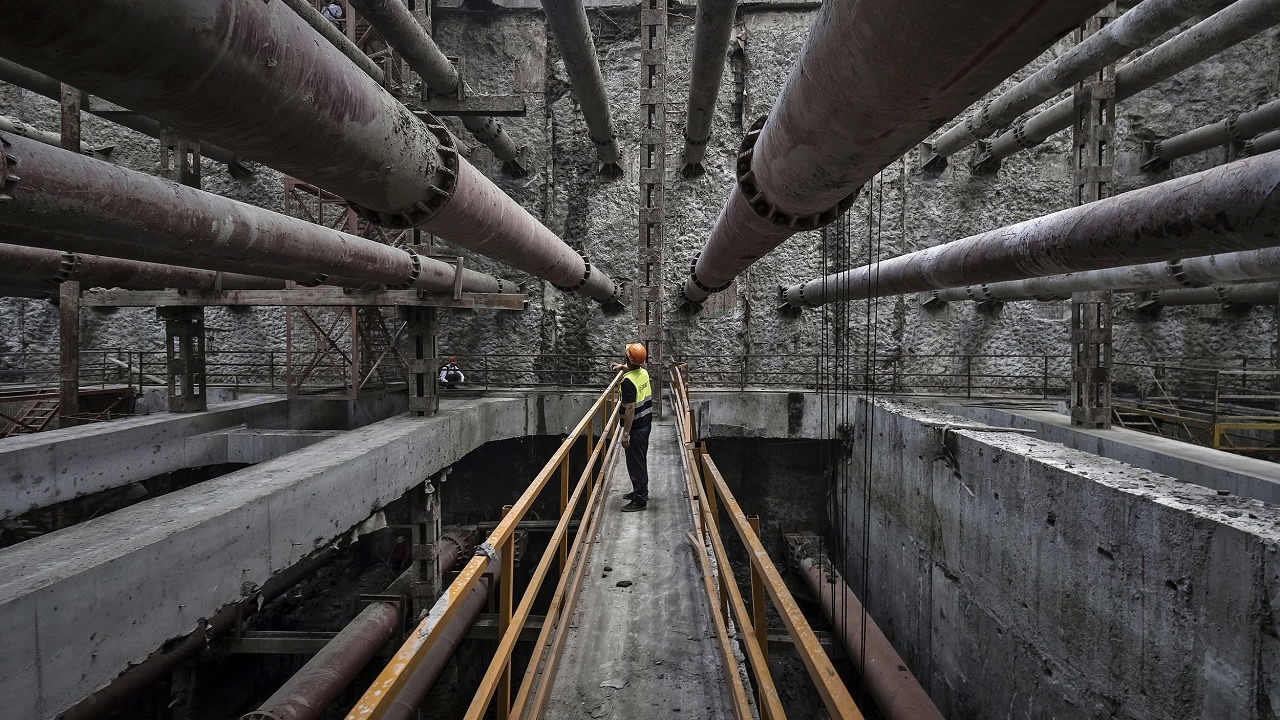
Worker stands beneath pipes at a construction site for Line 14 of the Shanghai Metro system. /VCG Photo
But challenges have emerged. New Shanghai lines must be dug as deep as a 15-story building to squeeze under the maze of existing tunnels, said Zhou Xisheng, an engineer with state-run Shentong Metro Group which runs the system.
"As the depth increases, so does the difficulty... and the price," Zhou said, standing in a yellow hardhat next to a giant pit during a government tour of new construction.
Metro construction is extremely expensive, and questions hover over China's ability to pay for all the plans.
But Lillian Li, a Shanghai-based credit expert with Moody's, said the government's support should see projects through.
"Transport is a key infrastructure sector that the government would like to support for (national) integration and coordination. That's looking pretty good," Li said.
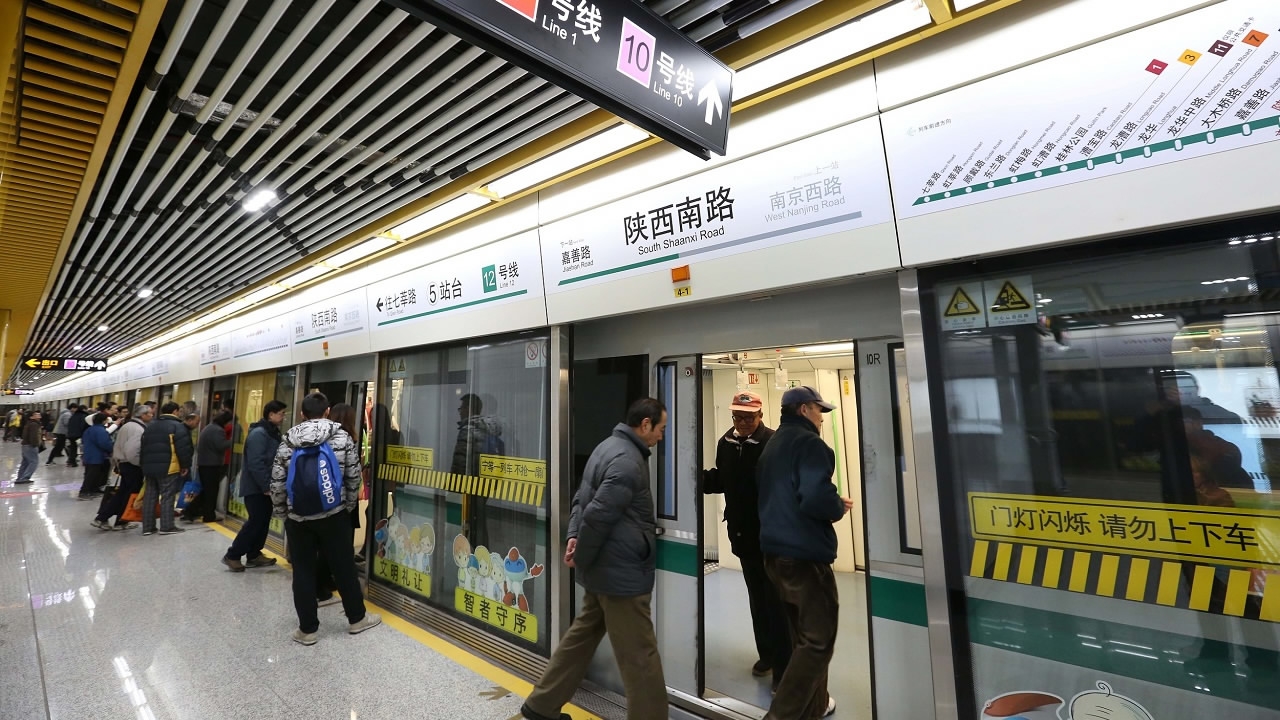
A subway station in Shanghai. /VCG Photo
Chen Xiaohong, a transportation engineering professor at Shanghai's Tongji University, said China had no choice but to press ahead.
"Subways must be built to solve both present and future transportation problems. We cannot wait until roads get completely clogged and only then build a subway," she said.
The building spree is part of larger visions sketched out by planners that include the development of massive "city clusters" such as one grouping Shanghai and nearby cities like Suzhou and Hangzhou that could top 50 million people.
Such urban agglomerations would connect to nearby lower-tier cities and other regions of China via fast-expanding high-speed rail systems, with economic benefits all around through enhanced flow of labor, financing, resources and administrative expertise, experts said.
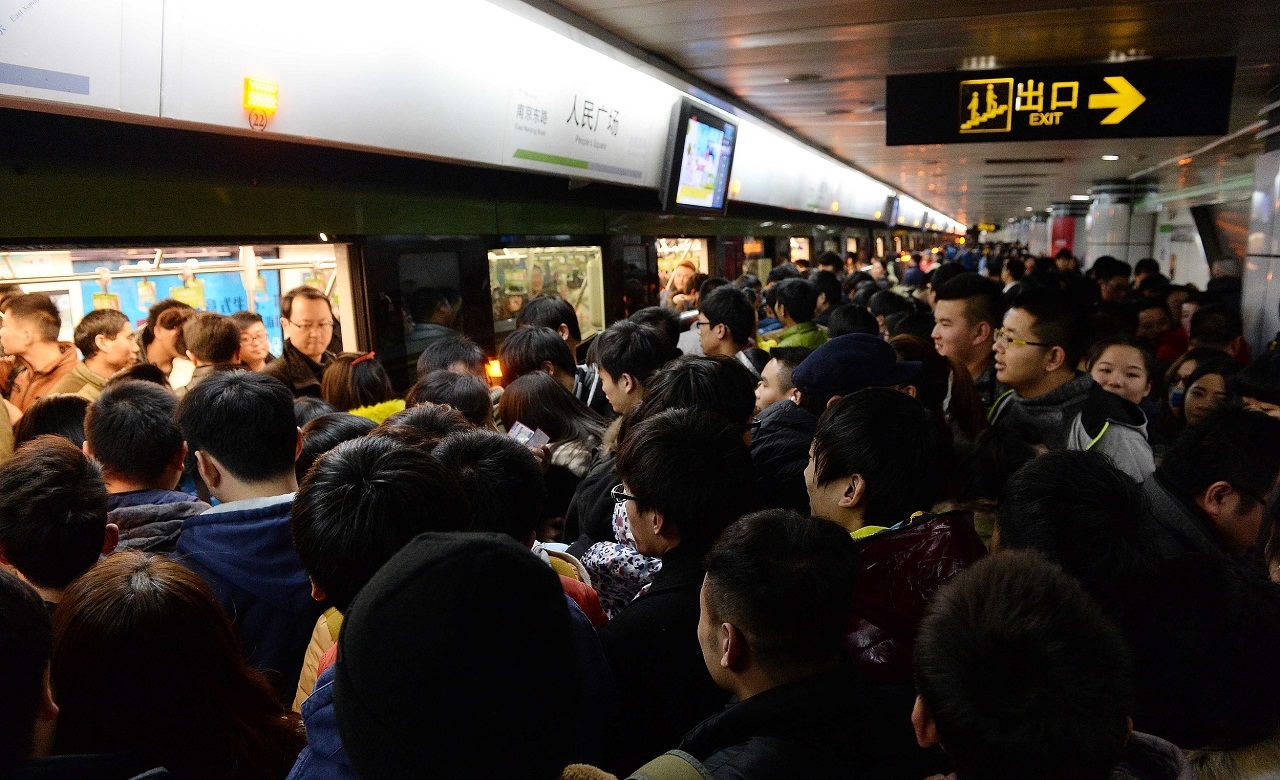
Shanghai residents boarding a subway train during rush hour. /VCG Photo
A transport ministry statement on Tuesday said that China is in a "golden era" of transport development.
The resulting boom of infrastructure investment, likewise, will boost the national objective of spurring domestic consumption to lessen China's reliance on volatile overseas trade, said Zhu Dajian, a sustainable development expert at Tongji University.
"Subways solve a lot of problems, raise the quality of a city, and reduce driving time and energy consumption," he said. "In 10 to 20 years this path will be proven correct."
(Source: AFP)










